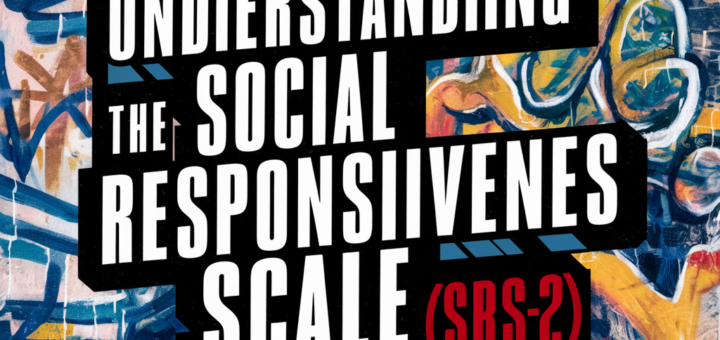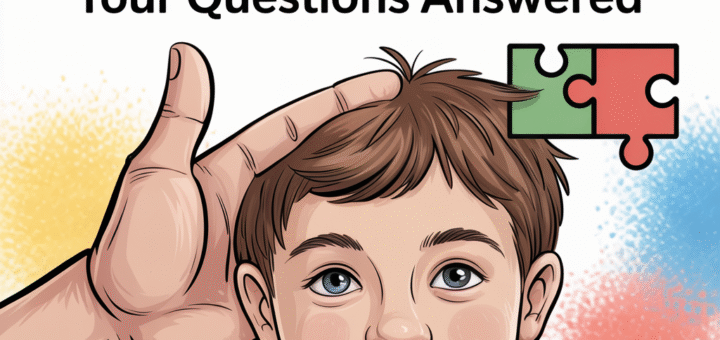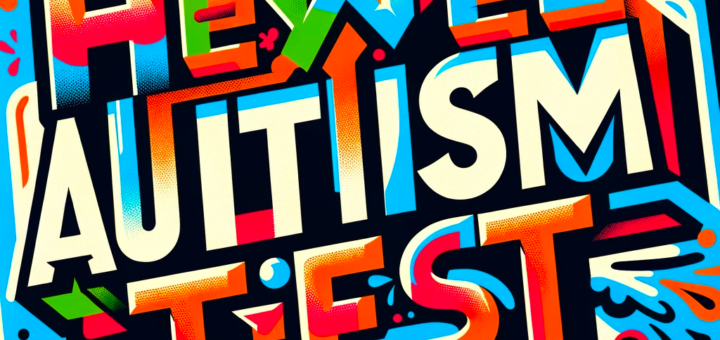PRE-ASSESSMENT CLINICIAN CHECKLIST
Expert Guidance by Dror Arbel | Founder of 101Autism.com Use this checklist to prepare your documentation, organize your observations, and formulate key questions before your first professional assessment (ADOS-2, SRS-2, etc.). 🖨️ Download &...






